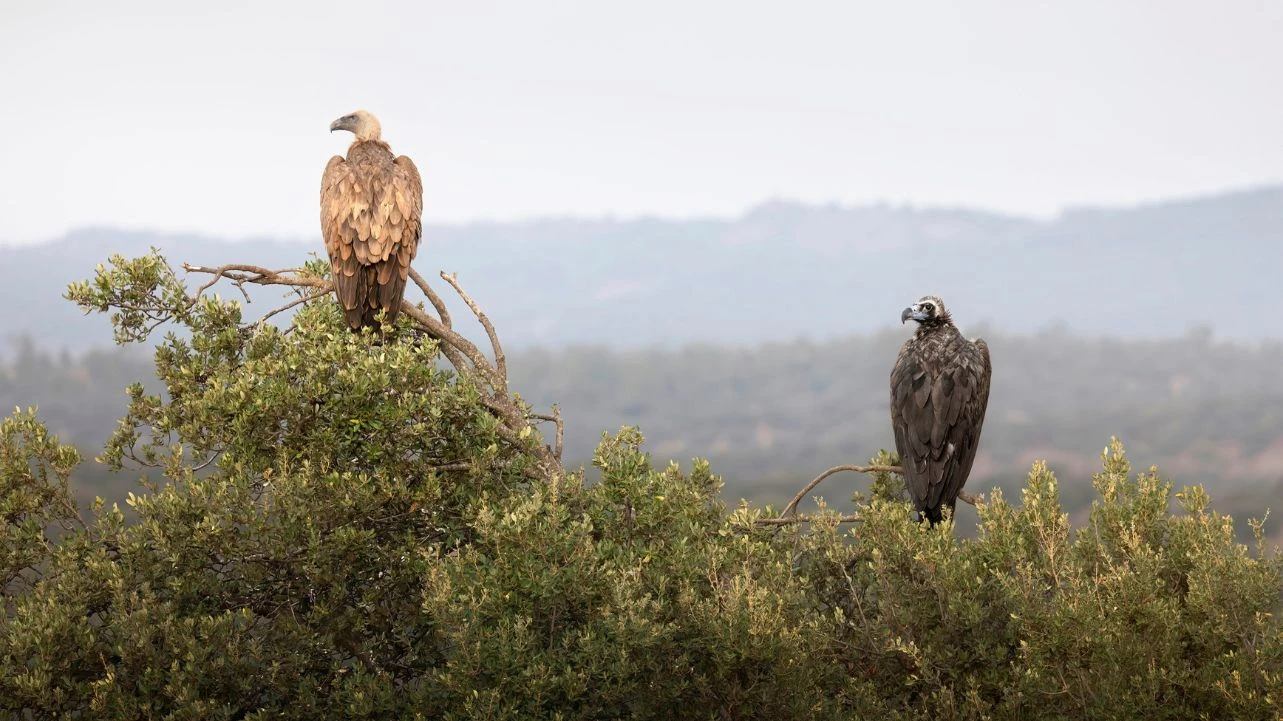
Amparo Garrido, Meditación 1, 2023. © Amparo Garrido, VEGAP, Madrid, 2024
Held on 30 oct 2024
Thinking about the World from Art and Science is an activity organised by the Museo Reina Sofía to present the CNIO Arte project, an initiative run by the Centro Nacional de Investigaciones Oncológicos (the Spanish National Cancer Research Centre), which has combined contemporary art and science since 2018. The project seeks to spark dialogue between international scientists and artists to explore common territories and to produce work from this conversation.
In this instance, an encounter combines some of the most recent dialogues and features the participation of their interlocutors: the scientists María A. Blasco, Elizabeth Blackburn and David Nogués-Bravo; the artists Eva Lootz, Dora García, Amparo Garrido and Clara Montoya; and the curator Juan de Nieves.
Despite historically being understood separately, art and science occupy similar mental spaces — both disciplines require creativity and methodical work and organise our knowledge and experience of the world. In recent years, consumerist lifestyles, climate change and the pandemic have led artists to turn to science in search of alternative ways of understanding the present and, for the most part, to imagine other possible futures. Thus, with a common principle of exploring possibility, scientific research and artistic creation are involved in a profound and renewed exchange. As Susan Sontag said: “[…] every month we could have a new art movement just by reading Scientific American”.
Organised by
Museo Reina Sofía
Collaboration
illycaffèAgenda
miércoles 30 oct 2024 a las 18:00
Presentation of CNIO Arte, by María A. Blasc
miércoles 30 oct 2024 a las 18:15
Dialogue between Amparo Garrido and Elizabeth Blackburn
miércoles 30 oct 2024 a las 18:30
Dialogue between Dora García and David Nogués-Bravo
miércoles 30 oct 2024 a las 18:45
Break
miércoles 30 oct 2024 a las 19:00
Dialogue between Eva Lootz and María A. Blasco, in memory of Margarita Salas
miércoles 30 oct 2024 a las 19:15
Clara Montoya, a resident in the first edition of the CNIO Artistic Residences, in conversation with Juan de Nieves
miércoles 30 oct 2024 a las 19:30
Discussion
Participants
Elizabeth Blackburn is a molecular biologist and biochemist. In 2009 she won the Nobel Proze in Physiology or Medicine for her discoveries around genetic composition and the role of telomeres, and for her contribution to the discovery of the enzyme telomerase. Across her career, she has published a broad number of scientific articles and has received numerous awards, for instance the Gairdner Foundation International Award (1998), the Lewis S. Rosenstiel Award for Distinguished Work in Basic Medical Science (1999) and the Albert Lasker Basic Medical Research Award (2006). She has been a member of the Royal Society of London since 1992 and the National Academy of Sciences since 1993.
María A. Blasco is the director of the Spanish National Cancer Research Centre. For more than twenty years, her work has focused on showing the importance of telomeres and the telomerase in cancer, as well as ageing-related diseases. She has published over 260 scientific articles in national and international journals, with a h-index of 81. Her work has received numerous national and international awards, for instance the Josef Steiner Cancer Research Award, the Swiss Bridge Award in Cancer Research, the Körber European Science Award, the EMBO Gold Medal, the Rei Jaume I Award in Basic Research, the Lilly Foundation Award in Preclinical Research, and the Santiago Ramón y Cajal National Biology Award, among others.
Juan de Nieves is a curator and head of the CNIO’s Department of Institutional Image and Science and Culture Activities. He has held different positions in Spanish institutions, for instance as a curator at the Centro Galego de Arte Contemporánea and as head of exhibitions and later as artistic director at the Espai d’Art Contemporani de Castelló. Some of his curatorial projects most notably include Atención: algunas vueltas más para llegar… Un proyecto de Angel Vergara (EACC, Castellón, 2007); Cantos Cívicos. Un proyecto de NILC (Museo Universitario Arte Contemporáneo de México, 2008/EACC, 2007), and CNIO Arte. Diálogos entre arte y ciencia (Instituto Cervantes, 2023–2024).
Dora García is a multidisciplinary artist. Her work is part of collections belonging to the Museo Reina Sofía (Madrid), the Fundació la Caixa (Barcelona), the Centre national des arts plastiques (Paris), the Henry Art Foundation (Seattle), MUSAC (León), the Fonds Régionaux d’Art Contemporain (Metz, Dijon, Montpelier and Paris), and the Museu d'Art Contemporani de Barcelona (MACBA). She has participated in international art exhibitions such as Manifesta (1998), the Istanbul Biennial (2003), the Münster Sculpture Projects (2007), the Biennale of Sydney (2008) and documenta in Kassel (2012), among others, and represented Spain at the Venice Biennale in 2011. Moreover, she has been honoured with the Obra Social La Caixa Art and Patronage Award (2018), the International Prize for Contemporary Art from the Príncipe Pierre de Mónaco Foundation (2013) and Spain’s National Award for the Plastic Arts (2021).
Amparo Garrido is a visual artist who works with photography and film. Her work is part of collections belonging to institutions such as the Museo Reina Sofía, the Photography Collections of the Comunidad de Madrid, Es Baluard Museu d'Art Contemporani (Palma), the Centro Galego de Arte Contemporánea (Santiago de Compostela Galicia) and the Coca-Cola Foundation Collection (Madrid), among others. She has also received awards that most notably include the ABC Prize for Photography, the Purificación García Photography Competition Prize and the Junta de Andalucía INICIARTE Prize, among others. Her feature film El silencio que queda (The Silence that Remains, 2018) received numerous awards, for instance the Human Ecology Award at the SUNCINE Environmental Film Festival and the Award for Best National Film at Ecozine, Spain.
Eva Lootz is an artist whose work is part of collections belonging to Spain’s major museums and art centres: the Museu d'Art Contemporani de Barcelona (MACBA); Institut Valencià d'Art Modern (IVAM); the Museo de Arte Contemporáneo del País Vasco-Artium Museoa; and the Museo Patio Herreriano (Valladolid). Her work has been honoured with numerous awards, such as Spain’s National Award for the Plastic Arts (1994); the Francisco Prieto Award from the Foundation of the Real Casa de la Moneda de Madrid (2009); the MAV Award for Women in the Visual Arts (2010); and Spain’s Art and Patronage Award (2013). In 2024, the Museo Reina Sofía held the exhibition Making as if Wondering: So What Is This? devoted to her work.
Clara Montoya is an artist. Her work is part of salient international museums and collections: the Museum of Contemporary Art of Istanbul (Istanbul), The Gfzk (Leipzig), the Seomi & Tuus Collection (Seoul), the Nirox Foundation (Johannesburg) and the Coleção Teixeira de Freitas (Lisbon); and in Spain: the Colección Nacional de Arte Contemporáneo (Madrid), the Marcelino Botín Foundation (Santander) and CAAC (Málaga), among others. The grants and awards she has received most notably include from the Botín Foundation, the Citè Internationale des Arts (Paris), The Cooper Union (New York), the Real Academia de España en Roma and the Jungen Akademie der Kunste (Berlin), proposed by Mona Hatoum.
David Nogués Bravo is a professor at the University of Copenhagen. His sphere of research encompasses the dynamics between biodiversity and climate change, including aspects of paleoecology and paleoclimatology, as well as mass extinctions and the impact of human activity. Some of his most noteworthy contributions include: An Anthropocene map of genetic diversity (Science, 2016); Cracking the code of biodiversity responses to past climate change (Trends in Ecology and Evolution, 2018); Abrupt change in climate and biotic systems (Current Biology, 2019); and Niches beyond borders (Nature Ecology and Evolution, 2024).

Más actividades
![Metahaven, The Sprawl: Propaganda about Propaganda [La diseminación: propaganda sobre propaganda], 2015, película](https://recursos.museoreinasofia.es/styles/small_landscape/public/Actividades/interfaz_emotiva_0.jpeg.webp)
EMOTIVE INTERFACE. The Films of Metahaven
Thursday, 27, Friday, 28, and Saturday, 29 November 2025 – check times
The Museo Reina Sofía and the Márgenes International Film Festival in Madrid, here in its fifteenth edition, present this series devoted to the artist collective Metahaven. The programme is framed inside the working strand both institutions started in 2024, focusing on an exploration of contemporary audiovisual narratives, a hybridisation of languages and the moving image as a tool for practising critical gazes on the present. Emotive Interface. The Films of Metahaven comprises two sessions of screenings and a masterclass delivered by the collective, centring on the relationship between the internet, technology, time and the moving image. All sessions will be presented by the artists.
The work of Metahaven — Dutch artist duo Vinca Kruk and Daniel Van der Velden — encompasses graphic art, video, installations, writing and design around urgent issues related to governance, identity, power and transparency in the digital age. Thus, their practice stands at the crossroads of art, film and critical thought, as they employ visual language as a tool to explore the tensions between technology, politics and perception, their practice combining the rigour of the visual essay and a strong poetic component, where graphic design, digital animation and documentary material fuse into dense, emotionally ambiguous compositions that speak of post-digital romanticism through an allegorical formulation. The spotlight of this series shines brightly on some of Metahaven’s recent works, for instance The Feeling Sonnets (Transitional Object) (2024), in which they examine language, poetry and digital time, and on The Sprawl (Propaganda About Propaganda) (2015), an essay which explores how the internet and social media have radically altered the relationship between truth, power and perception. Finally, the duo’s masterclass is set forth here as a survey of the main themes explored by both artists.
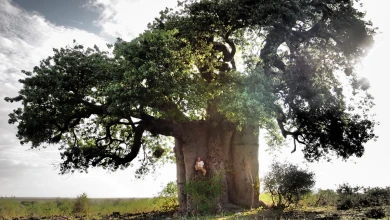
Francisco López and Barbara Ellison
Thursday, 11 December - 8pm
The third session in the series brings together two international reference points in sound art in one evening — two independent performances which converse through their proximity here. Barbara Ellison opens proceedings with a piece centred on the perceptively ambiguous and the ghostly, where voices, sounds and materials become spectral manifestations.
This is followed by Francisco López, an internationally renowned Spanish sound artist, who presents one of his radical immersions in deep listening, with his work an invitation to submerge oneself in sound matter as a transformative experience.
This double session sets forth an encounter between two artists who, from different perspectives, share the same search: to open ears to territories where sound becomes a poetic force and space of resistance.
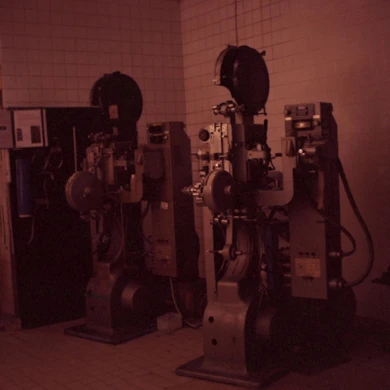
Long Live L’Abo! Celluloid and Activism
4, 5, 6 DIC 2025
L’Abominable is a collective film laboratory founded in La Courneuve (Paris, France) in 1996. It came into being in response to the disappearing infrastructures in artisan film-making and to provide artists and film-makers with a self-managed space from which to produce, develop and screen films in analogue formats such as Super 8, 16mm and 35mm. Anchored in this premise, the community promotes aesthetic and political experimentation in analogue film opposite digital hegemony. Over the years, L’Abominable, better known as L’Abo, has accompanied different generations of film-makers, upholding an international movement of independent film practices.
This third segment is structured in three sessions: a lecture on L’Abo given by Pilar Monsell and Camilo Restrepo; a session of short films in 16mm produced in L’Abo; and the feature-length film Une isle, une nuit, made by the Les Pirates des Lentillères collective.
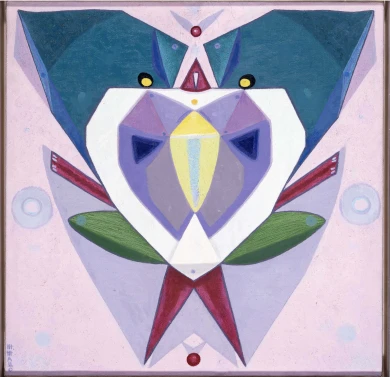
Estrella de Diego Lecture. Holding Your Brain While You Sleep
Wednesday, 3 December 2025 – 7pm
Framed inside the Museo Reina Sofía’s retrospective exhibition devoted to Maruja Mallo, this lecture delivered by Estrella de Diego draws attention to the impact of the artist’s return to Spain after her three-decade exile in Latin America.
Committed to values of progress and renewal in the Second Republic, Mallo was forced into exile to Argentina with the outbreak of the Civil War and would not go back to Spain to settle definitively until 1965 — a return that was, ultimately, a second exile.
Mallo saw out her prolific artistic trajectory with two impactful series: Moradores del vacío (Dwellers of the Void, 1968–1980) and Viajeros del éter (Ether Travelers, 1982), entering her most esoteric period in which she drew inspiration from her “levitational experiences” of crossing the Andes and sailing the Pacific. Her travels, both real and imaginary, became encounters with superhuman dimensions.
In parallel, her public persona gained traction as she became a popular figure and a key representative of the Generation of ‘27 — the other members of which also started returning to Spain.
This lecture is part of the Art and Exile series, which seeks to explore in greater depth one of the defining aspects of Maruja Mallo’s life and work: her experience of exile. An experience which for Mallo was twofold: the time she spent in the Americas and her complex return to Spain.
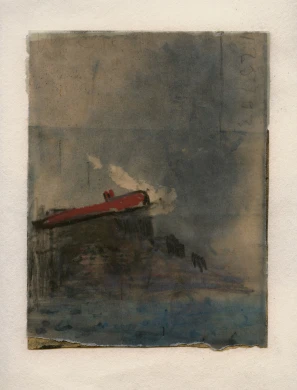
Juan Uslé. That Ship on the Mountain
Tuesday, 25 November 2025 – 7pm
Ángel Calvo Ulloa, curator of the exhibition Juan Uslé. That Ship on the Mountain, engages in conversation with artist Juan Uslé (Santander, 1954) in the Museo’s Auditorium 400 to explore in greater depth the exhibition discourse of this anthological show spanning four decades of Uslé’s artistic career.
The show casts light on the close relationship Uslé’s work bears to his life experiences, establishing connections between different stages and series which could ostensibly seem distant. Framed in this context, the conversation looks to explore the artist’s personal and professional journey: his memories, experiences of New York, his creative process, conception of painting, and ties with photography and film, and the cohesiveness and versatility that characterise his art. Key aspects for a more in-depth understanding of his artistic sphere.
The conversation, moreover, spotlights the preparatory research process that has given rise to this exhibition to grant a better understanding of the curatorial criteria and decisions that have guided its development.
These inaugural conversations, part of the main working strands of the Museo’s Public Programmes Area, aim to explore in greater depth the exhibition narratives of the shows organised by the Museo from the perspective of artists, curators and specialists.



![Miguel Brieva, ilustración de la novela infantil Manuela y los Cakirukos (Reservoir Books, 2022) [izquierda] y Cibeles no conduzcas, 2023 [derecha]. Cortesía del artista](https://recursos.museoreinasofia.es/styles/small_landscape/public/Actividades/ecologias_del_deseo_utopico.jpg.webp)
![Ángel Alonso, Charbon [Carbón], 1964. Museo Reina Sofía](https://recursos.museoreinasofia.es/styles/small_landscape/public/Actividades/perspectivas_ecoambientales.jpg.webp)